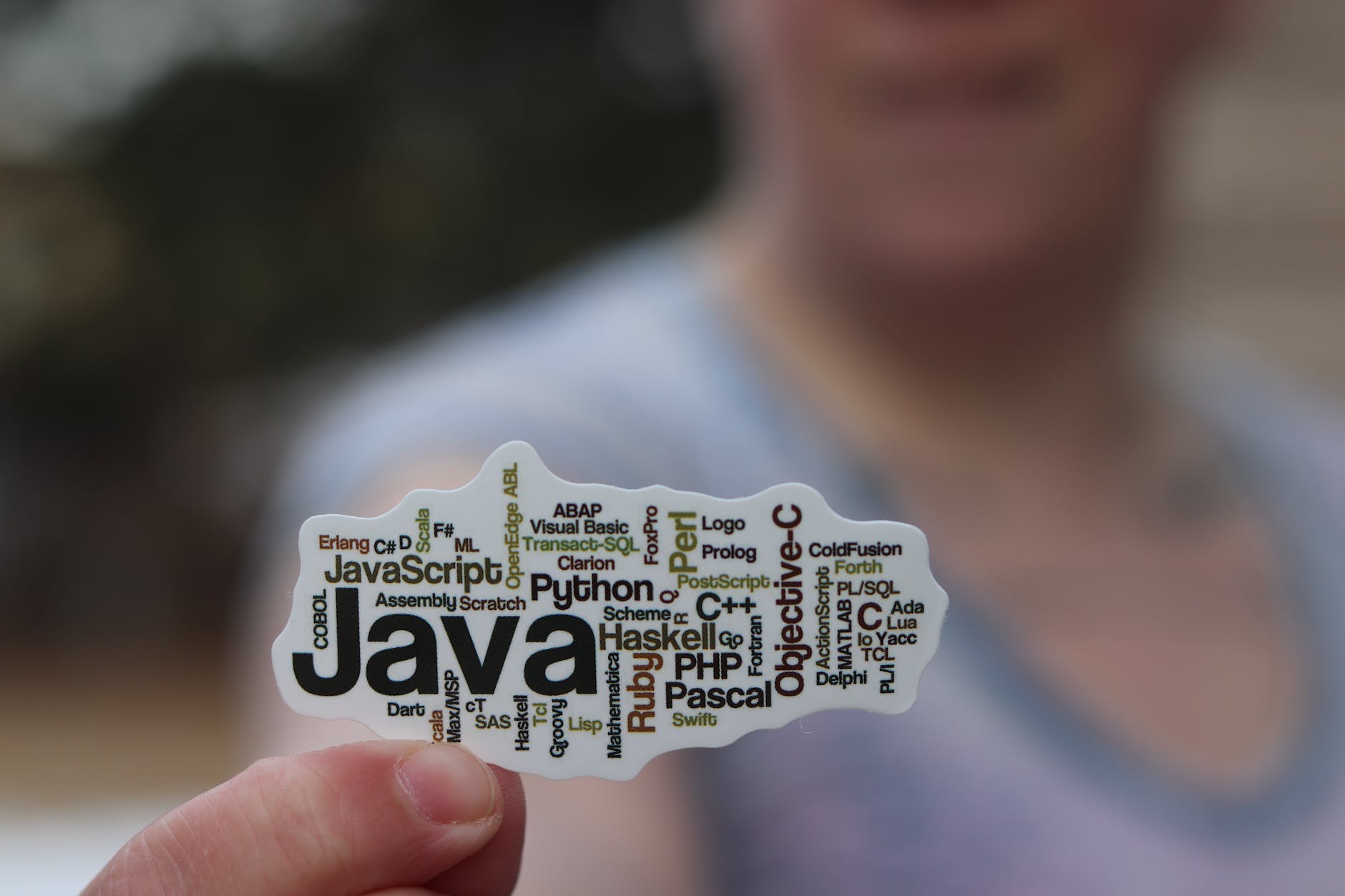Java is a popular programming language that is widely used in a variety of applications. It is known for its object-oriented approach, which allows developers to create reusable code and modular programs. Here are the basics of Java to get you started:
- Install the Java Development Kit (JDK): The first step to using Java is to install the Java Development Kit (JDK) on your computer. You can download the latest version from the Oracle website (https://www.oracle.com/java/technologies/javase-downloads.html). Make sure to select the correct version for your operating system.
- Write and compile your first program: Once the JDK is installed, you can start writing and compiling your own Java programs. Open a text editor (such as Notepad on Windows or TextEdit on Mac) and enter the following code:
public class Main { public static void main(String[] args) { System.out.println("Hello, World!"); } }
Save the file with a .java extension (e.g. “Main.java”) and compile it using the “javac” command:
javac Main.java
This will generate a “Main.class” file, which contains the compiled version of your program.
- Run your program: To run your program, use the “java” command followed by the name of your main class:
java Main
This will output the message “Hello, World!” to the console.
- Basic syntax: Java uses curly braces to indicate blocks of code, and semicolons to end statements. For example, the code below defines a class called “Person” with a constructor and a method:
public class Person { private String name;
public Person(String name) { this.name = name; }
public void greet() { System.out.println("Hello, my name is " + name + "."); } }
To use this class, you can create an instance of it and call the "greet" method:
Person p = new Person("John"); p.greet();This will output the message “Hello, my name is John.” to the console.
- Data types: Java has several built-in data types, including integers, floats, strings, and booleans. For example:
int x = 5; // integer float y = 3.14f; // float String name = "John"; // string boolean isHappy = true; // boolean
You can use the “instanceof” operator to determine the data type of an object:
System.out.println(p instanceof Person); // prints "true"
- Control structures: Java has several control structures that allow you to control the flow of your program. For example, you can use “if” statements to execute code only if a certain condition is met:
int age = 30; if (age >= 18) { System.out.println("You are old enough to vote."); }
You can also use “for” loops to repeat a block of code a certain number of times:
for (int i = 0; i < 5; i++) { System.out.println(i); }
This will print the numbers 0 through 4 to the console.
These are just a few of the basics of Java. As you continue learning, you’ll discover more advanced concepts such
